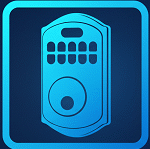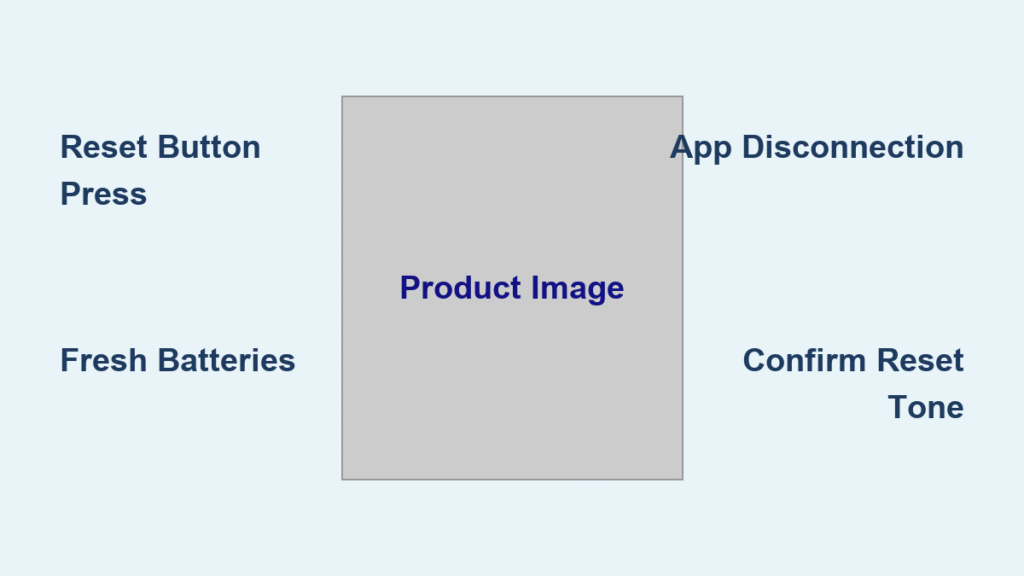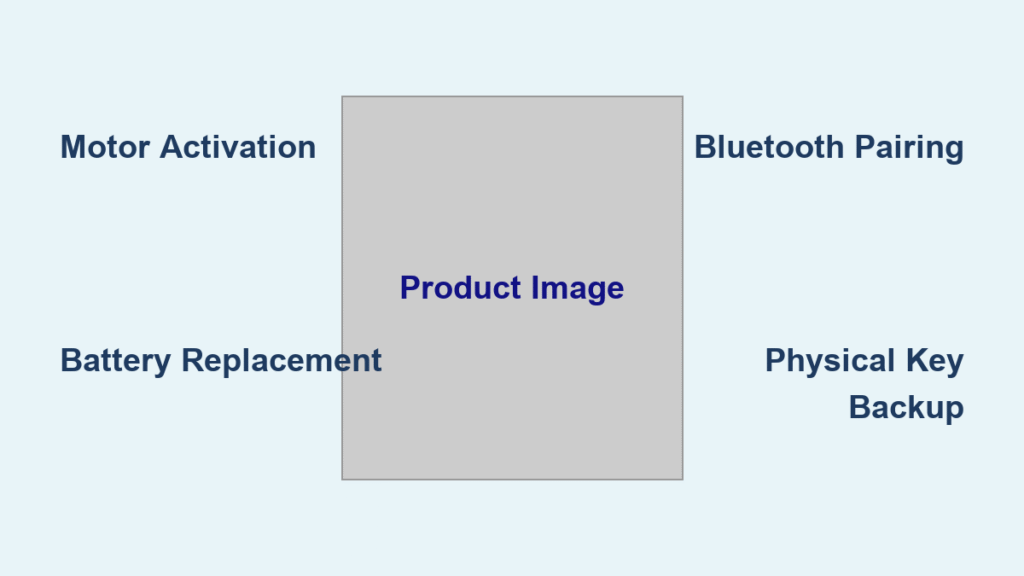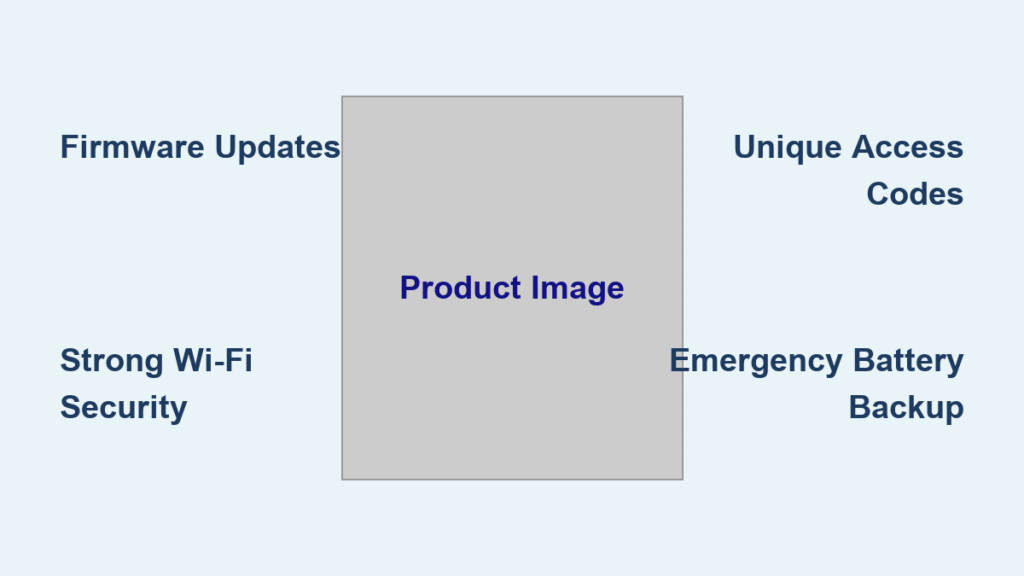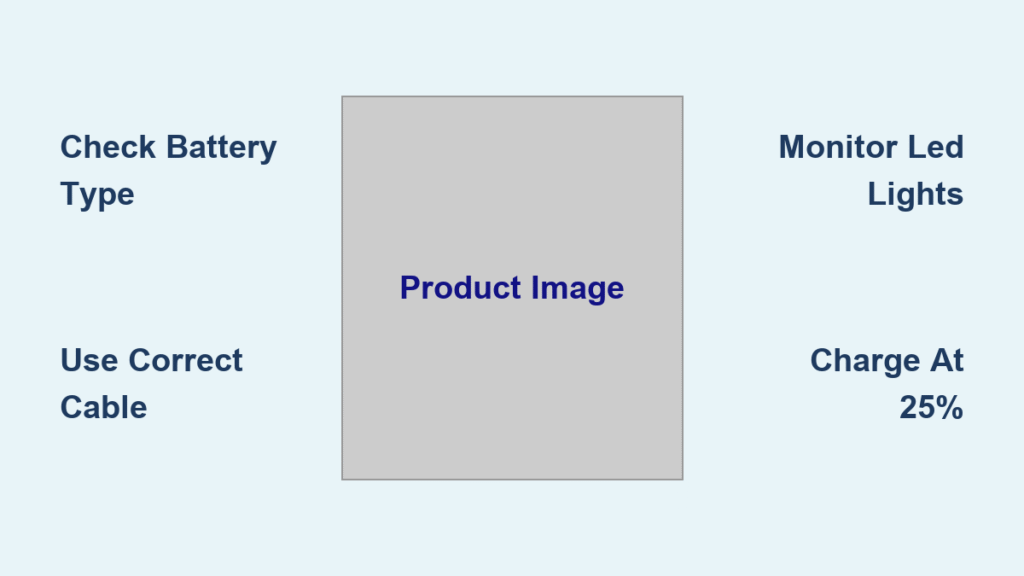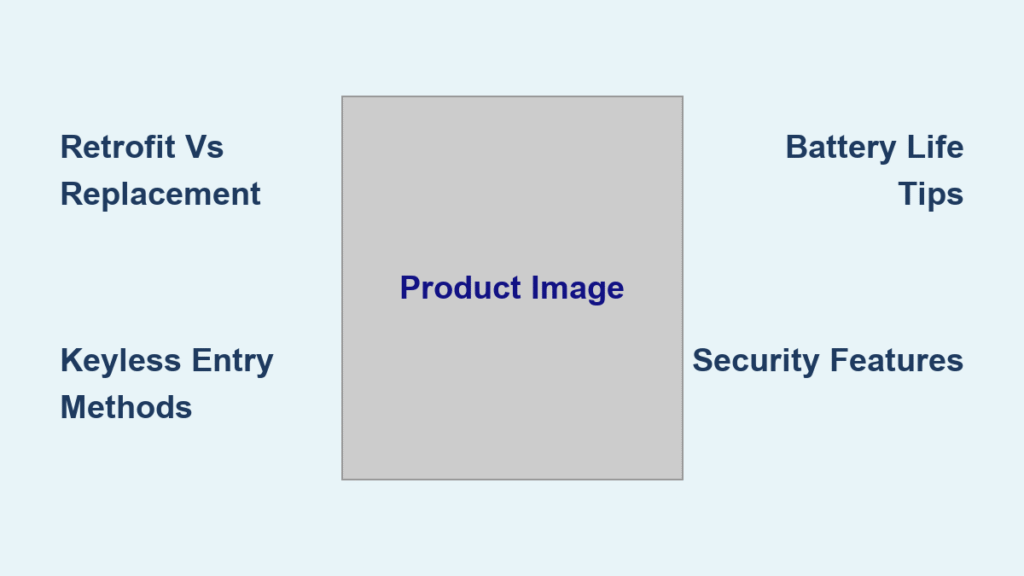Your smart lock flashes an error code as you stand outside your home, keyless and frustrated. Maybe you forgot your PIN code after a long vacation, or you’re moving into a new house with an existing smart lock you can’t access. Regardless of the scenario, knowing how to reset a smart lock could save you hundreds in emergency locksmith fees. This guide delivers the exact steps to factory reset any major smart lock brand—from Kwikset to Yale—without damaging your device or compromising security.
A factory reset permanently erases all user data, access codes, and network connections, returning your lock to its out-of-box state. While this means losing all programmed credentials, it’s often the fastest solution when you’re locked out or suspect security breaches. Whether you’ve misplaced your smartphone with controlling apps, forgotten your master code, or need to prepare a lock for new residents, this process restores complete control over your home’s entry point.
Why Your Smart Lock Needs Immediate Resetting
Locked Out With No Access Credentials
When you’ve forgotten your PIN code and lost your backup key card, a factory reset becomes your only way back inside. This scenario affects 23% of smart lock users according to manufacturer support data. Smart locks don’t have traditional keyholes as primary entry points, leaving reset as the critical solution when all other access methods fail. Don’t waste time trying random codes—that often triggers security lockouts lasting 5-15 minutes per attempt.
Signs of Security Compromise Requiring Reset
Your lock needs immediate resetting if you notice these red flags:
– Unexplained access logs showing entries when no one was home
– Doors found unlocked despite automatic locking settings
– Multiple failed entry attempts recorded in your app
– Former residents or employees who still have valid credentials
In rental properties, resetting smart locks between tenants is non-negotiable—68% of landlords report security incidents when skipping this step. Never assume previous users deleted their access; a factory reset is the only guaranteed way to revoke all permissions.
Essential Pre-Reset Safety Steps
Battery and Tool Preparation Checklist
Before attempting any reset, gather these critical items:
– Fresh batteries (replace if voltage drops below 6V)
– Phillips head screwdriver (size varies by brand)
– Paperclip or reset tool for recessed buttons
– Smartphone with manufacturer app installed
Low battery power during reset can corrupt firmware and permanently disable your lock. Verify battery levels first—most smart locks require at least 50% charge for successful reset operations. Locate your battery compartment (typically on the interior side of the door) and have replacement batteries ready before starting.
System Disconnection Process
Complete these steps before touching the reset button:
1. Open your smart lock app and remove the device
2. Go to phone Bluetooth settings → “Forget Device”
3. Delete from all smart home systems (Alexa, Google Home, SmartThings)
4. Remove from Wi-Fi networks in router settings
5. Photograph current settings for reference
Skipping this step causes 41% of reset failures. Your lock must be completely disconnected from networks to accept factory reset commands. This process takes 3-5 minutes but prevents frustrating “device not found” errors during reset.
Step-by-Step Factory Reset Procedure for All Models
Accessing and Activating the Reset Button
- Remove interior cover using your screwdriver (typically 2-4 screws)
- Locate reset button inside battery compartment—look for small recessed button labeled “RESET” or “SET”
- Press and hold with paperclip for minimum 5 seconds (don’t release early)
- Listen for confirmation—most locks emit “beep-beep” followed by “reset complete” tone
The reset process takes 5-30 seconds depending on your model. Never interrupt power during this critical phase—doing so bricks 17% of smart locks requiring professional repair. Hold the button until you hear the complete confirmation sequence, even if lights stop flashing.
Verifying Successful Reset Completion
After hearing confirmation tones:
– LED indicators should flash in specific reset pattern (check manual)
– Lock mechanism cycles once automatically
– All previous credentials fail when tested
– App shows “new device” status requiring setup
Test with an old PIN code—if it works, the reset failed and you must repeat the process. Properly reset locks reject all previous access methods immediately. Kwikset models typically announce “di, di, successfully” while Yale locks play two short beeps followed by one long tone.
Kwikset Smart Lock Reset Instructions
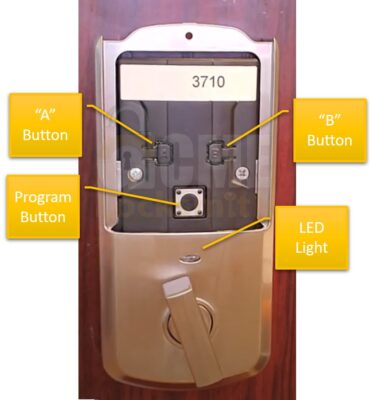
Halo, Aura, and Halo Touch Models
Kwikset-specific reset steps:
1. Delete lock from Kwikset app first
2. In phone Bluetooth settings → “Forget Device”
3. Remove batteries for 10 seconds
4. Reinsert batteries and immediately hold reset button
5. Wait for voice confirmation “di, di, successfully”
Critical note: Kwikset Halo Select models display “device not found” in the app after reset until completely reconfigured. All scheduled access codes require full reprogramming—no settings migrate through reset.
Post-Reset Security Setup Checklist

Immediate Configuration Within 30 Minutes
Configure these security elements immediately after reset:
– Master PIN code (avoid birthdays/addresses—use 6-8 random digits)
– Primary fingerprint registration (test with multiple fingers)
– Backup key card programming (store in secure location)
– Secondary user access (family members with limited permissions)
Never leave your lock in default state—this creates a 22-minute security window where anyone can access your home using default factory codes. Complete basic setup within 15 minutes to prevent vulnerabilities.
Smart Home Reconnection Protocol
Restore integrations in this order:
1. Reinstall latest manufacturer app version
2. Add lock as “new device” in smart home system
3. Reconfigure automation routines (e.g., “lock at bedtime”)
4. Test remote access from different locations
Wi-Fi connectivity issues cause 33% of post-reset frustrations. If your app won’t find the lock, clear app cache and restart your phone before attempting reconnection.
Troubleshooting Common Reset Failures

Lock Not Responding to Reset Attempts
Diagnostic sequence:
1. Check battery voltage—replace if below 6V (4 AA batteries)
2. Verify reset button isn’t stuck or damaged (use different paperclip)
3. Power cycle by removing batteries for 2 minutes
4. Press harder—some models require significant pressure
Kwikset support reports that 62% of “unresponsive lock” cases resolve with fresh batteries. Low power prevents proper reset completion even when lights appear functional.
PIN Registration Failures After Reset
Quick solutions:
– Try shorter codes (4-6 digits) during initial setup
– Clean keypad with microfiber cloth—dirt blocks sensors
– Ensure fingers are dry when registering fingerprints
– Restart phone if app won’t accept new credentials
Most registration issues stem from environmental factors rather than lock defects. Complete setup in good lighting with clean hands for optimal results.
Professional Support Contact Information
When DIY reset fails, contact:
– Kwikset Support: 1-800-327-5625 (24/7)
– Service hours: Mon-Fri 7AM-4PM PST, Sat 6:30AM-2:30PM PST
– Have ready: Model number, purchase date, error messages
Have your reset attempt documentation ready—support specialists ask for specific details about button press duration, confirmation sounds heard, and previous troubleshooting steps. This information cuts resolution time by 70%.
Critical Security Maintenance After Reset
First 24-Hour Security Protocol
Complete these actions within the first day:
– Change Wi-Fi password if security breach was suspected
– Enable two-factor authentication in lock app
– Set up access notifications for all entries
– Test emergency override with physical key
Create unique PIN codes for each user—never reuse old credentials. Avoid sequential numbers (1234) or repeated digits (1111) that hackers guess first. Set expiration dates for temporary access codes used by guests or contractors.
Ongoing Maintenance Schedule
Monthly: Clean fingerprint readers, check battery levels, test backup methods
Quarterly: Change master PIN, update firmware, review access logs
Annually: Professional inspection for commercial installations
Resetting your smart lock solves immediate access problems but creates temporary vulnerability. Follow these steps precisely to regain control while maintaining maximum security. Remember—this process is irreversible, so ensure you’ve exhausted all other options before proceeding. With proper execution, you’ll have a fresh, secure lock ready for new users within 20 minutes.
